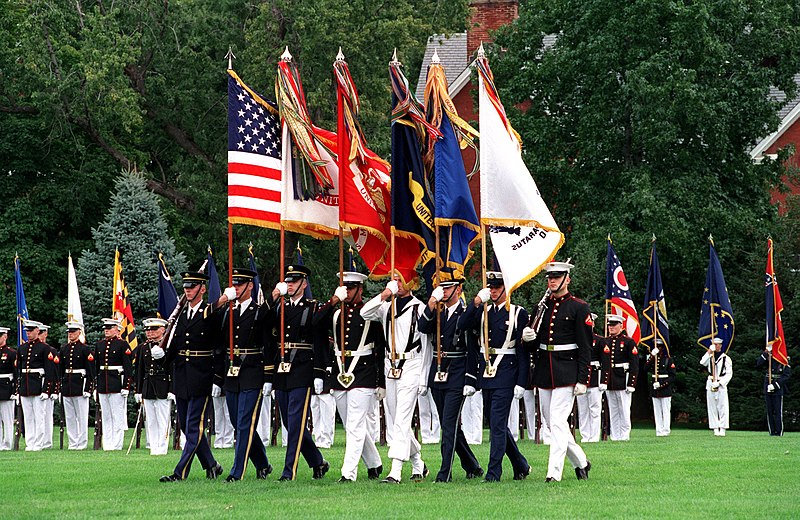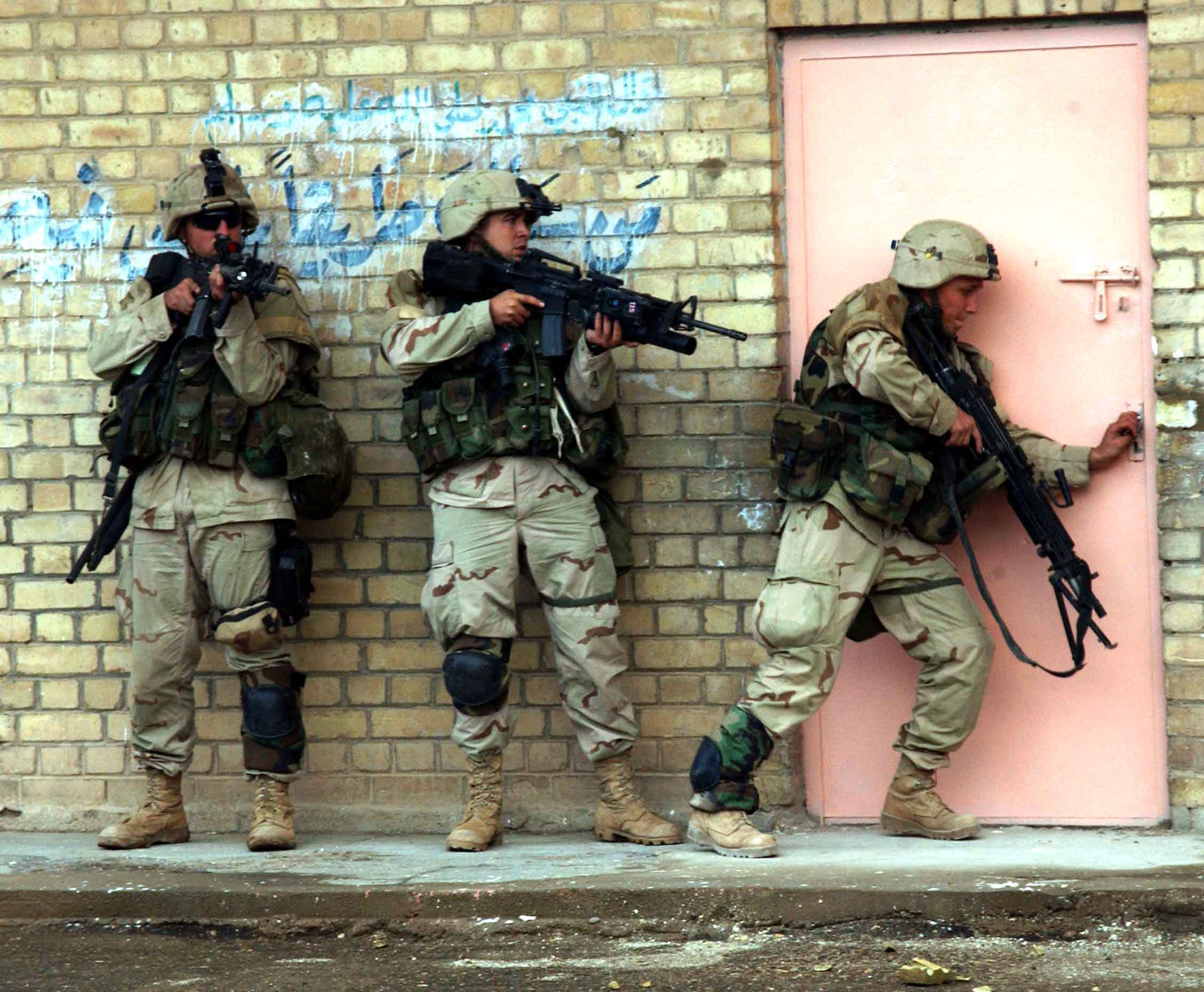Coast Guard
A coast guard or coastguard is a maritime security organization of a particular country. The term implies widely different responsibilities in different countries, from being a heavily armed military force with customs and security duties to being a volunteer organization tasked with search and rescue functions and lacking any law enforcement powers. However, a typical coast guard's functions are distinct from typical functions of both the navy (a pure military force) and a transportation police(a civilian law enforcement agency).
Here Is the coast guard uniform
Types of Coast guard ships:-
| Name | Type | Versions | Quantity | Picture | ||
|---|---|---|---|---|---|---|
| Watercraft | ||||||
| Spearhead high speed logistics ship | Theater Support Vessel | 1 | ||||
| General Frank S. Besson, Jr. class Logistics Support Vessel | Logistics Support Vessel | 2 | 8 | |||
| Stalwart class ocean surveillance ship | Ocean Surveillance Ship | 1 | ||||
| Runnymede class large landing craft | Landing Craft Utility | 35 | ||||
| MGen. Nathanael Greene class large coastal tugs | Large Tug | 6 |
| |||











+People's+Liberation+Army+Naval+Air+Force+(PLANAF)+plaaf+pla+navy+pla+sexy+hot+female+women+girl+(2).jpg)
